The world of ice hockey is one where precision and physics collide, and few elements are as critical to performance as the humble skate blade. At the heart of this lies the concept of the coefficient of friction—a measure that dictates how much resistance a player encounters when gliding across the ice. Understanding this coefficient is not just an academic exercise; it’s a practical necessity for players, coaches, and equipment manufacturers alike.
The coefficient of friction between ice and a skate blade is influenced by a myriad of factors, ranging from the temperature of the ice to the sharpness of the blade itself. On a molecular level, the friction is affected by a thin layer of water that forms on the ice’s surface due to pressure melting. This quasi-liquid layer reduces friction, allowing players to achieve those breathtaking speeds and sharp turns that define the sport. However, the exact dynamics of this interaction are far more complex than they might appear at first glance.
Temperature plays a pivotal role in determining the friction coefficient. Colder ice tends to be harder and less prone to melting under pressure, which can increase friction slightly. Warmer ice, on the other hand, creates a thicker water layer, reducing friction but also making the surface softer and potentially slower due to increased drag. The ideal temperature for an ice rink is typically between -5°C and -3°C (23°F to 27°F), striking a balance between glide and control.
Blade sharpness is another critical variable. A sharper blade cuts into the ice more effectively, increasing the pressure melting effect and thus reducing friction. However, if a blade is too sharp, it can bite too deeply into the ice, causing unnecessary resistance and slowing the player down. Conversely, a dull blade glides more smoothly but offers less grip, making quick stops and turns more difficult. Players often experiment with different sharpening techniques to find the perfect balance for their playing style.
The materials used in skate blades also matter. Traditional blades are made from high-carbon steel, prized for its durability and ability to hold an edge. However, newer materials like stainless steel and even composite alloys are gaining traction, offering different friction characteristics and wear resistance. Some players swear by the feel of carbon steel, while others prefer the consistency of stainless steel, which is less prone to rust and retains its sharpness longer.
Beyond the blade itself, the condition of the ice surface is a major factor. Freshly Zambonied ice provides a smooth, consistent surface with predictable friction. As the game progresses, the ice becomes rutted and uneven, altering the friction dynamics. Snow buildup—a byproduct of skate cuts and puck movement—adds another layer of complexity, increasing resistance and forcing players to adjust their stride and technique.
Interestingly, the physics of ice friction isn’t just a concern for hockey players. Speed skaters, figure skaters, and even engineers studying tribology (the science of friction) have a vested interest in understanding these principles. The lessons learned on the rink can translate to other fields, from designing better winter tires to improving the efficiency of industrial machinery.
For hockey players, mastering the nuances of skate friction can mean the difference between a game-winning breakaway and a sluggish performance. Many pros work closely with equipment managers to fine-tune their blades before each game, adjusting hollows, radii, and even the angle of sharpening to suit the ice conditions. It’s a subtle art, but one that can yield significant competitive advantages.
In the end, the coefficient of friction in ice hockey is a delicate dance between science and intuition. Players may not always think in terms of physics, but they feel it in every stride, turn, and stop. The best among them learn to harness these forces instinctively, turning the ice into an extension of their own movement. And as technology advances, our understanding of this relationship will only deepen, pushing the boundaries of what’s possible on the rink.
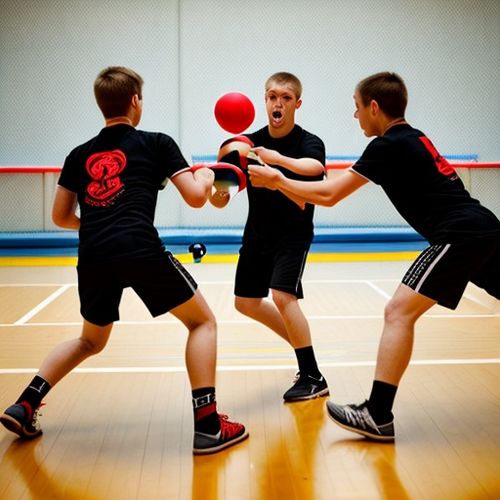
By Christopher Harris/May 8, 2025
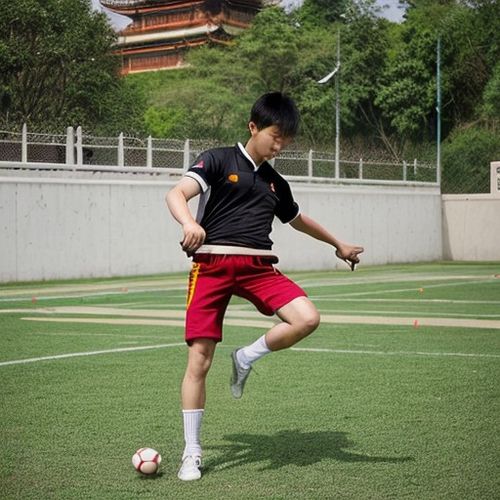
By Laura Wilson/May 8, 2025
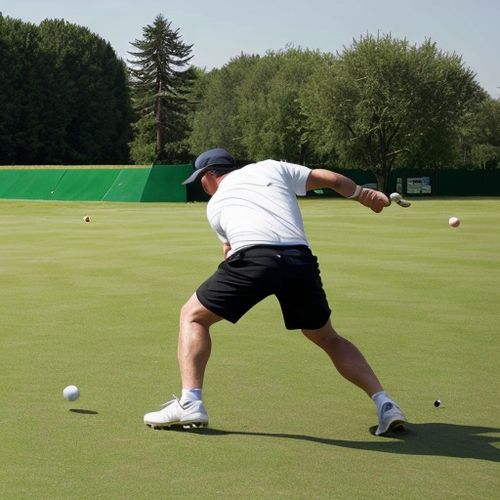
By Amanda Phillips/May 8, 2025
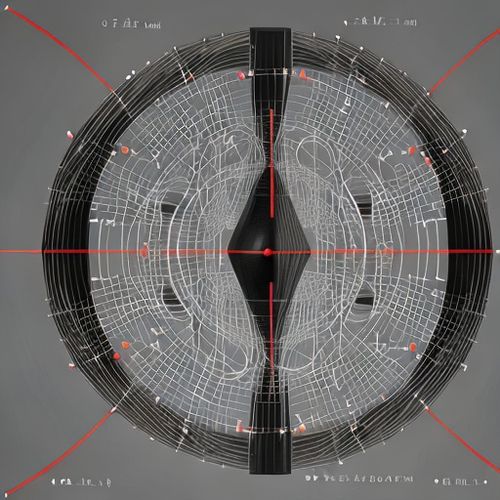
By William Miller/May 8, 2025
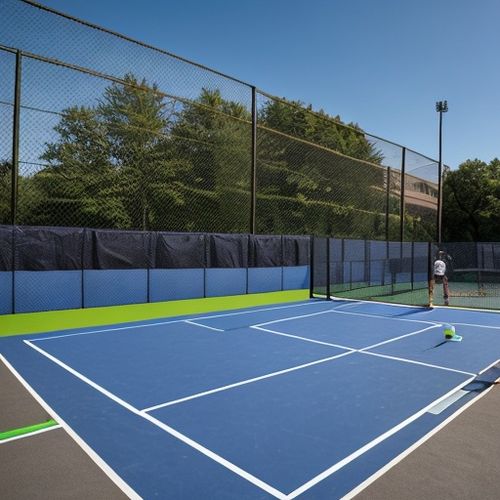
By Noah Bell/May 8, 2025
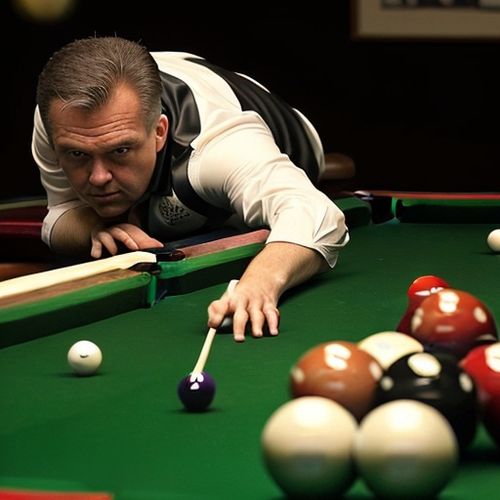
By Elizabeth Taylor/May 8, 2025
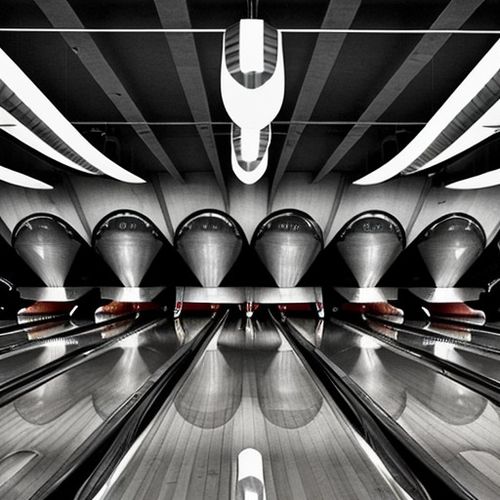
By Joshua Howard/May 8, 2025
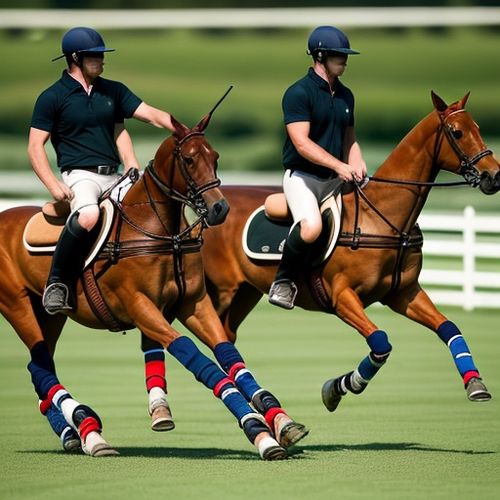
By Ryan Martin/May 8, 2025
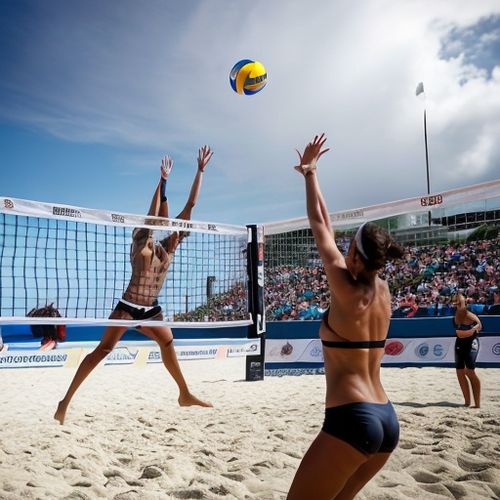
By George Bailey/May 8, 2025

By Natalie Campbell/May 8, 2025
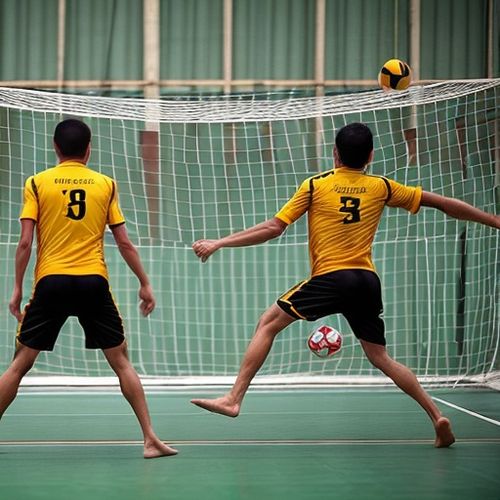
By Joshua Howard/May 8, 2025
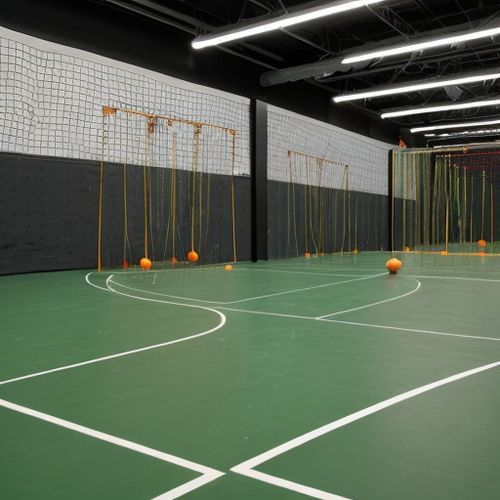
By Elizabeth Taylor/May 8, 2025
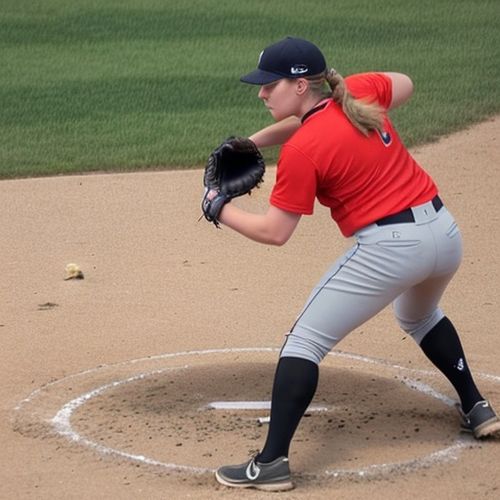
By Samuel Cooper/May 8, 2025
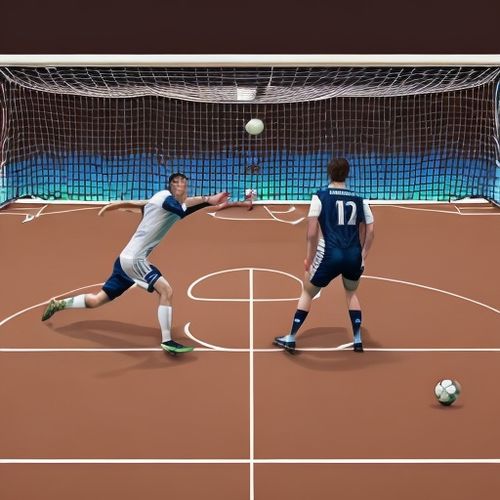
By Joshua Howard/May 8, 2025
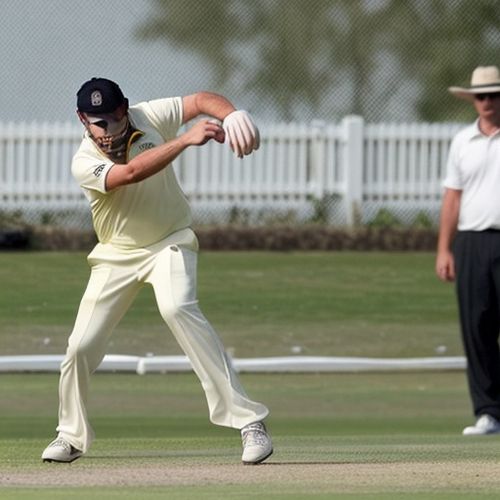
By Grace Cox/May 8, 2025
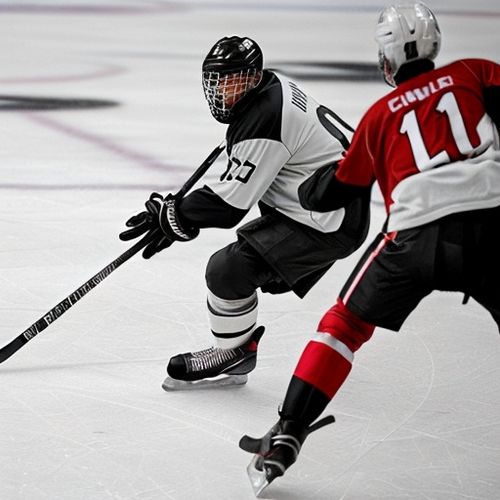
By Christopher Harris/May 8, 2025

By Samuel Cooper/May 8, 2025

By Sophia Lewis/May 8, 2025
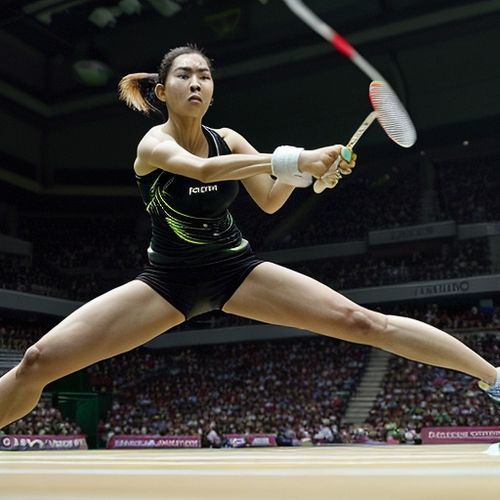
By Eric Ward/May 8, 2025
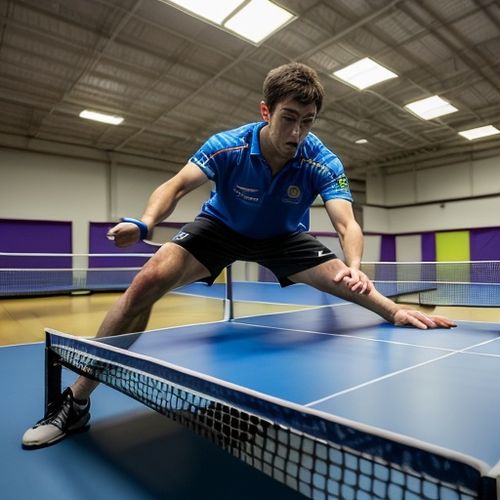
By Sarah Davis/May 8, 2025